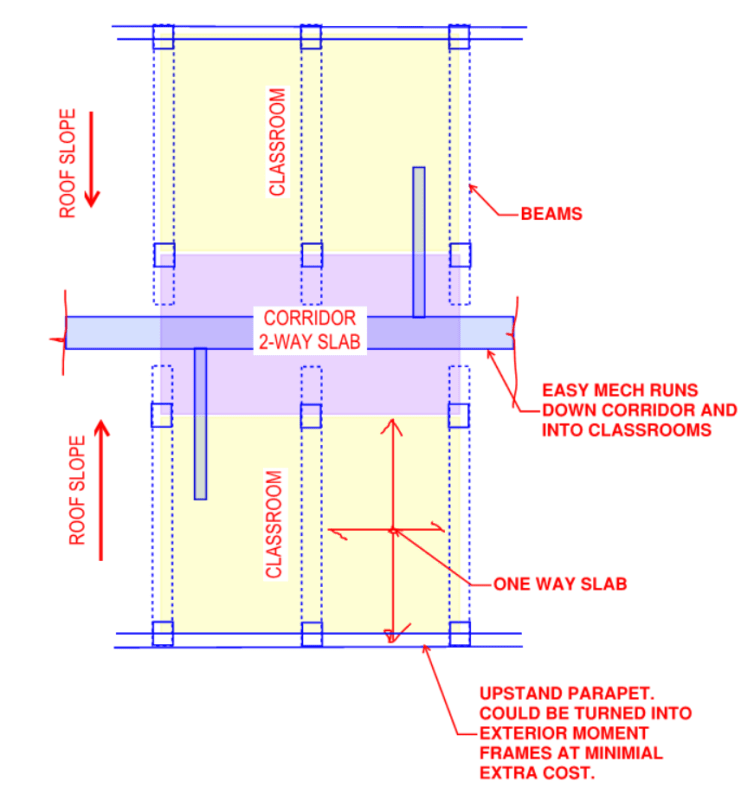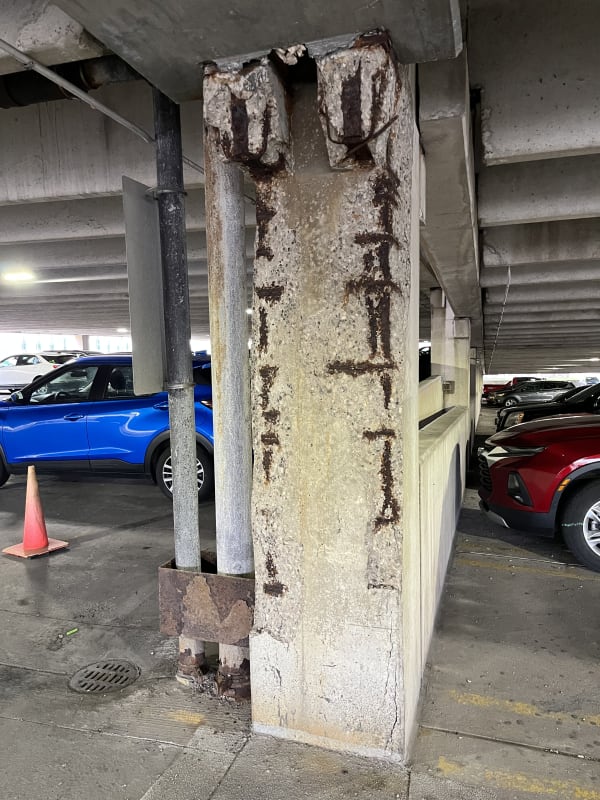abusementpark
Structural
I'm working on a new school project. Normally, the structure on a building like this would be primarily structural steel, maybe with tilt-up concrete exterior walls. However, with the way that steel prices have surged in recent years, the contractor is pushing for an entire cast-in-place concrete structure, even the roof. Has anyone here designed a cast-in-place concrete school or similar structure with 25' to 30' spans?
Obviously, there are a lot different options for the type of concrete system used: conventional vs. post-tensioned, flat plate vs. beam/slab, pan joist, etc. If anyone has some recommendations for the best system, I'd like to hear them. We are assuming we'll be able to get enough shear walls such that the columns won't need to be relied on in the LFRS.
Obviously, there are a lot different options for the type of concrete system used: conventional vs. post-tensioned, flat plate vs. beam/slab, pan joist, etc. If anyone has some recommendations for the best system, I'd like to hear them. We are assuming we'll be able to get enough shear walls such that the columns won't need to be relied on in the LFRS.


